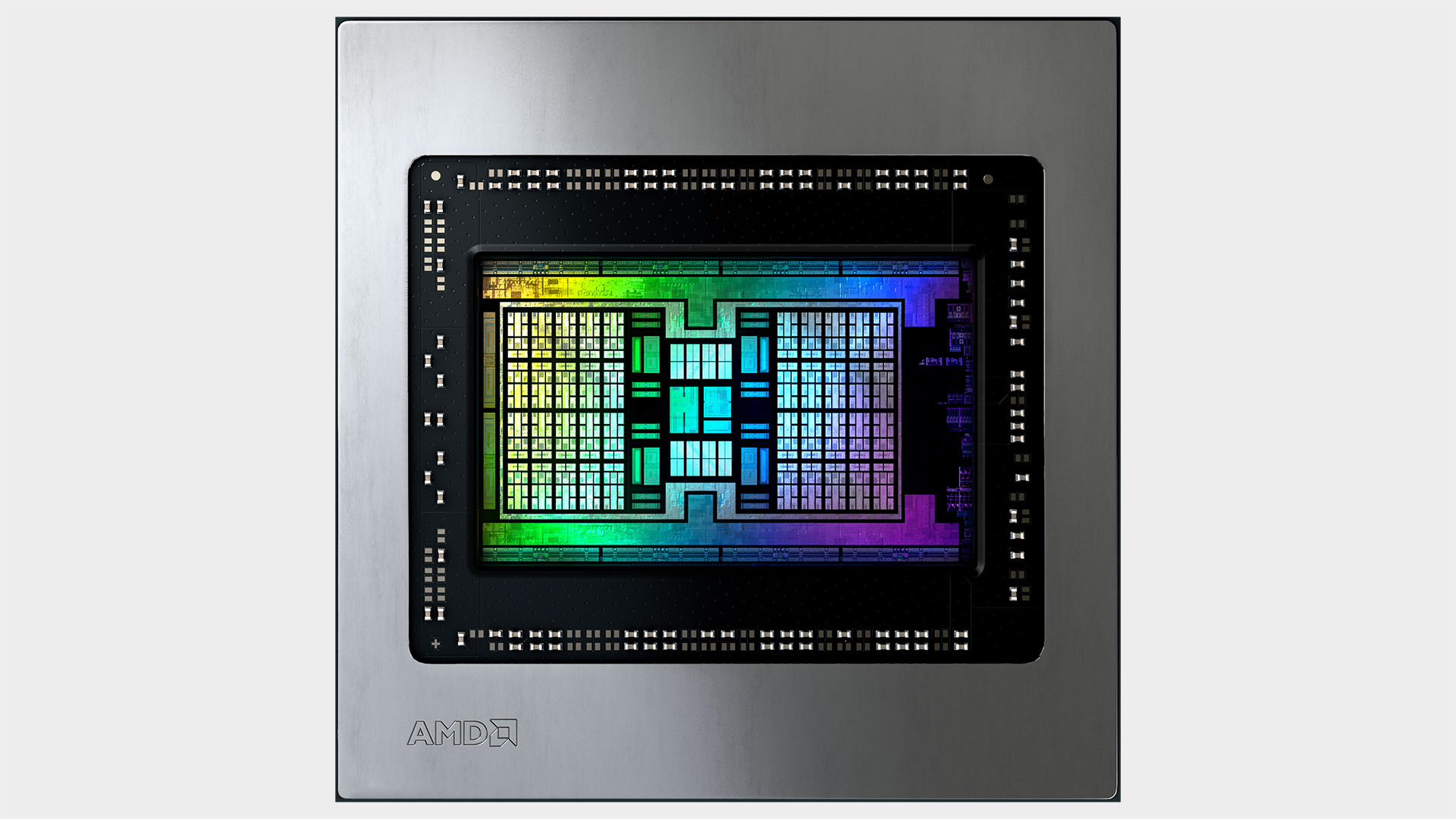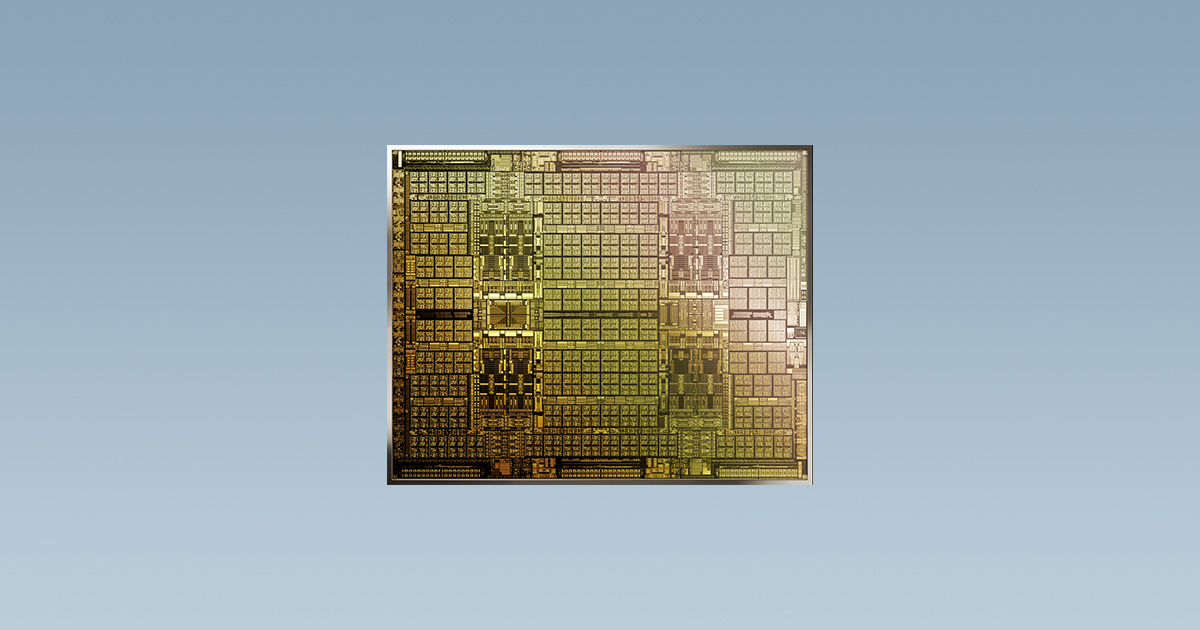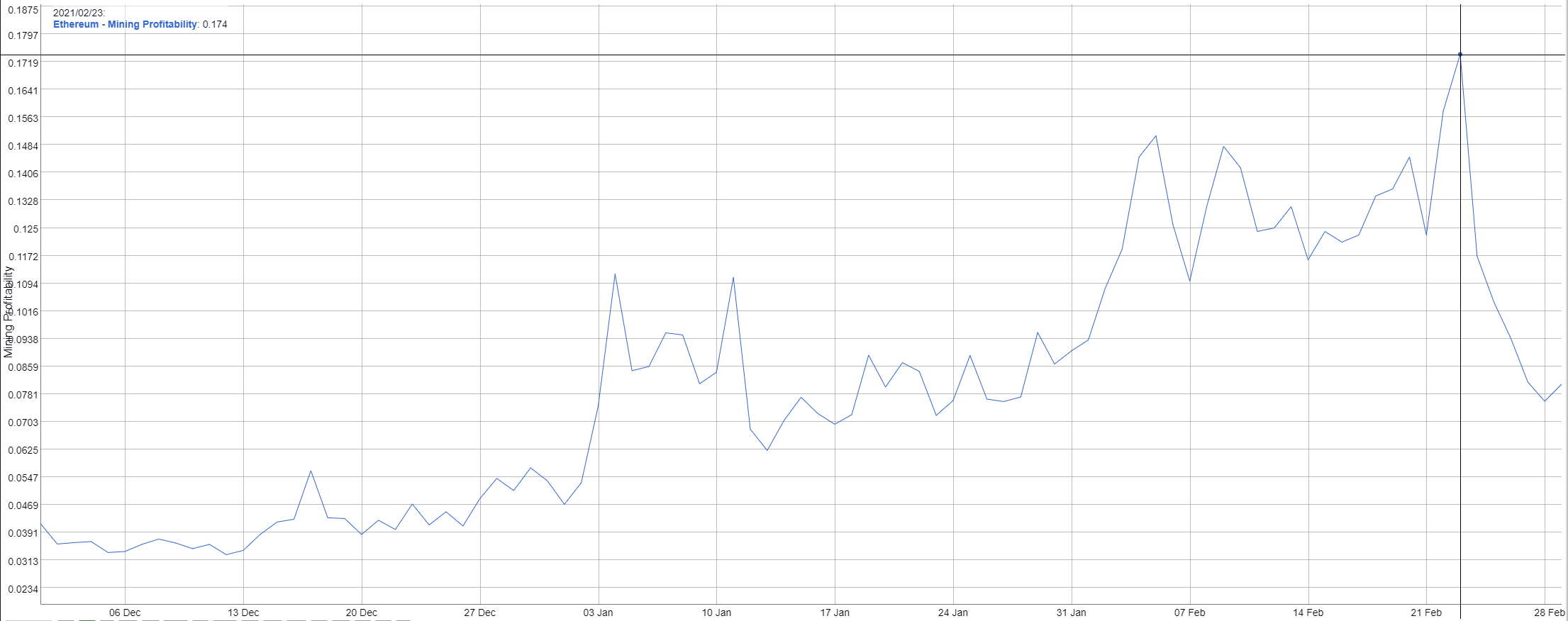Does AMD need to announce its own GPU hashrate limiter to combat cryptocurrency mining?
AMD is unveiling the RX 6700 XT tomorrow, but it remains to be seen whether the red team will follow Nvidia in tackling mining.

AMD's Where Gaming Begins Episode 3 stream tomorrow will introduce us all to the AMD RX 6700 XT graphics card. That's where we'll get the basic low-down on the specs and performance of the new Navi 22-based GPU ahead of launch sometime in mid-March.
But, inevitably, the first thing that people are going to be asking about the new Radeon graphics card is: Am I going to be able to buy one?
The second question, linked to that first, will be: What the hell are you doing about miners?
The graphics card market is in a pickle at the moment, to say the least. A perfect storm of pandemic-based production and supply chain problems has mixed with a huge spike in demand from stay-at-home PC gamers and the exponential rise in the profitability of GPU-based cryptocurrency mining, all combining to create a market where it's all but impossible to bag yourself a new card at anything like MSRP.
Into this both the green team, with the Nvidia RTX 3060, and team Radeon, with the AMD RX 6700 XT, are looking to launch new mainstream GPUs. Yeah, those cards with the lower sticker prices and the generally even higher demand.
Nvidia took a bold stand with the RTX 3060, however, and announced that it would be dropping an unhackable hashrate limiter on the card. The idea being that the GPU would halve its performance the instant the system picks up on certain hallmarks of the Ethereum algorithm. That's the most popular—read: most profitable—cryptocurrency for GPU mining at the moment, and is likely the biggest threat to graphics card availability right now.
Alongside that Jen-Hsun's gang also announced the Nvidia CMP cards, adapters specifically designed for the mining market using older graphics architectures, bar one future version which seems to sport the same GPU as the RTX 3080. Nvidia claims this means it can alleviate some of the burden on the GeForce crowd by offering alternatives for miners that don't impinge on the manufacturing of gaming cards.
Keep up to date with the most important stories and the best deals, as picked by the PC Gamer team.

Quite whether that can or will work is another matter. For large-scale mining it's almost a case of any GPU will do, but the smaller scale outfits want to be able to recoup their losses once the market inevitably goes through its common boom-then-bust cycle. If you've bought up a bunch of graphics cards you can just sell those on to gamers second-hand, and if you do it quick enough you could get back pretty much all you paid for them too.
If you picked up some mining specific GPUs instead they don't come with outputs, making them effectively useless for gaming, and with very, very limited resale value. Especially if the market collapses as it is wont to do.
Will this really change anything? I'm not convinced, the demand is so high that almost everything is fair game for mining right now, even gaming laptops.
But the point is, Nvidia is at least making noises about addressing the issue. AMD? Well, I don't think we've heard word one from Dr. Su's band of merry GPU makers on the subject.
So, what does AMD need to say at tomorrow's event, Where Gaming Begins Episode 3: The Darkening? And does it even really need to say anything at all about mining?
I did initially wonder if Nvidia's own limiter might have an adverse effect on AMD, driving more miners the way of its RX 6700 XT et al. But, as Jacob pointed out, if there was abundant stock then maybe, but with the finite graphics cards available already being a target for miners regardless, it's not going to make a blind bit of difference.

But at least an acknowledgement of the situation would be good, something beyond the usual empty 'we'll have good inventory of cards at launch' platitudes. Though quite how much effort the red team should put into trying to combat GPU mining is certainly up for debate.
Both AMD and Nvidia were significantly burned by the rise in 2017 and subsequent crash in 2018 of cryptocurrency mining. They both sought to cash in at its height by doubling down on manufacturing and creating specific mining SKUs of their GPUs. And when the crash happened they were both left having to deal with an abundance of unwanted stock and a bloated second-hand graphics card market.
I doubt AMD would be able to enact any change that would be significant enough to deal with the twin demands of the miners and the gamers separately. Better to simply try and create as many Radeon cards as possible with the finite number of 7nm Navi GPUs it can squeeze out of a stretched TSMC than redirect some of those into mining cards sans output.
And what about some sort of driver-based solution similar to Nvidia's hashrate limiter on the RTX 3060? That feels like it might be something AMD, and its focus on open source drivers for Linux—the OS of choice for the discerning miner—might automatically preclude. Open source drivers are seen as one of AMD's greatest strengths on Linux, but it does mean less control in moments like these. It could probably still put one into its Windows drivers, for some sort of otherwise meaningless PR win, but that seems like a waste of effort.
So yeah, it would be better that AMD focuses on making the RX 6700 XT the best midi-Navi graphics card it can, and making as many of them as it can. After all, there are early signs that the profitability of Ethereum mining is starting to wane, and that will start to have an effect on the demand for new graphics cards if it continues to drop.

Last week an RTX 3080 could net you approximately $14/day from mining Ethereum, and yet today that's dropped down to just $6/day. Sure, it is still profitable, but for how much longer is it really going to be worth all the effort and the ecological collapse of civilization?
This is why Nvidia has been arguably hedging its bets in response to the mining crisis and not risking actually creating any new GPUs to support it. Sure the CMP cards are focused on mining, but they're also just old Turing-based chips, with the exception of one potential future offering that Nvidia is under no obligation to actually release.
It's old silicon that Nvidia has found a use for, just like Palit seems to be prepping for in terms of repurposing those GTX 1060-based P106 mining cards we've seen mentioned again in hushed whispers around the halls of the EEC.
In the end then no, AMD doesn't have to announce any sort of hashrate limiter—even if it could—during tomorrow's livestream. Nor is it likely to announce any crypto-specific SKUs of its graphics cards either. There maybe be some mention of mining and GPU availability, but AMD has remained tight-lipped on both in recent history.
More likely we're going to see a new Navi graphics card that can compete somewhere between an Nvidia RTX 3060 Ti and an RTX 3070, but priced at a level that frustrates some and with stock levels that upset everyone.
I'm still hopeful we'll see some sort of AMDLSS feature being announced to lift the gloom, and give anyone who has managed to bag themselves an RDNA 2 GPU a bit of a performance boost. Y'know, just for a bit of positivity, but that may just be a bit of a pipe dream of mine right now.

Dave has been gaming since the days of Zaxxon and Lady Bug on the Colecovision, and code books for the Commodore Vic 20 (Death Race 2000!). He built his first gaming PC at the tender age of 16, and finally finished bug-fixing the Cyrix-based system around a year later. When he dropped it out of the window. He first started writing for Official PlayStation Magazine and Xbox World many decades ago, then moved onto PC Format full-time, then PC Gamer, TechRadar, and T3 among others. Now he's back, writing about the nightmarish graphics card market, CPUs with more cores than sense, gaming laptops hotter than the sun, and SSDs more capacious than a Cybertruck.

